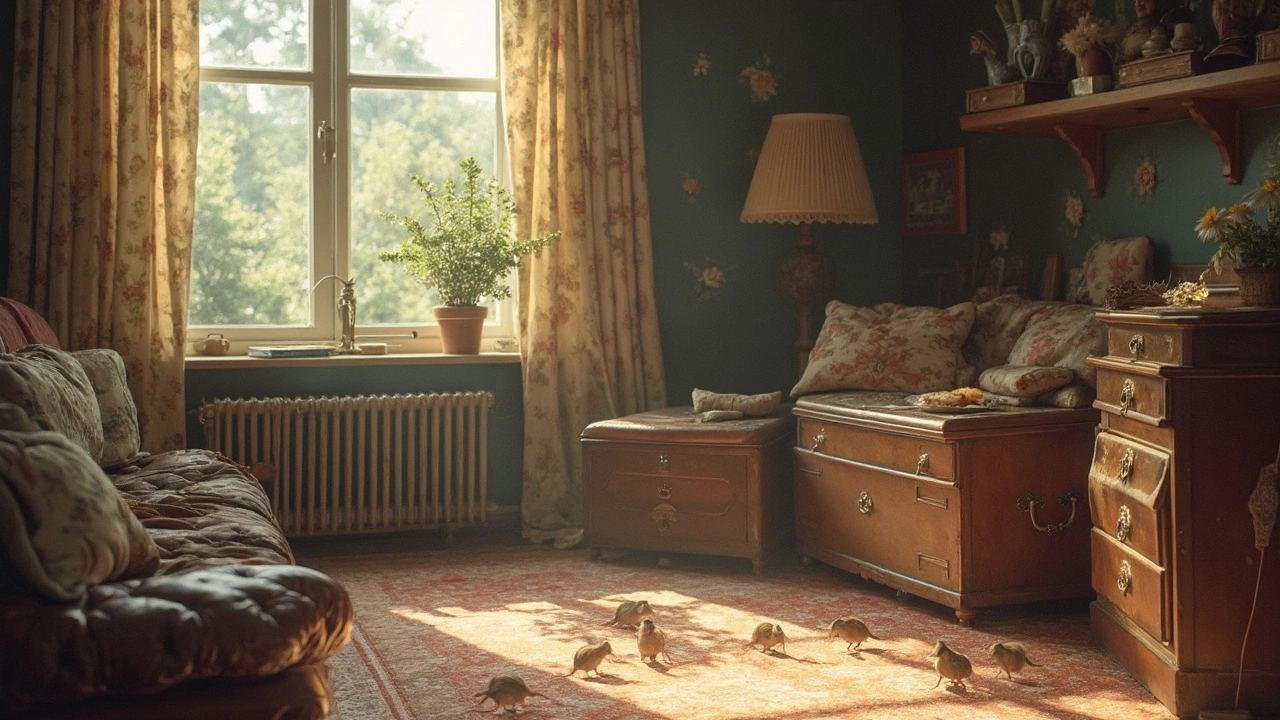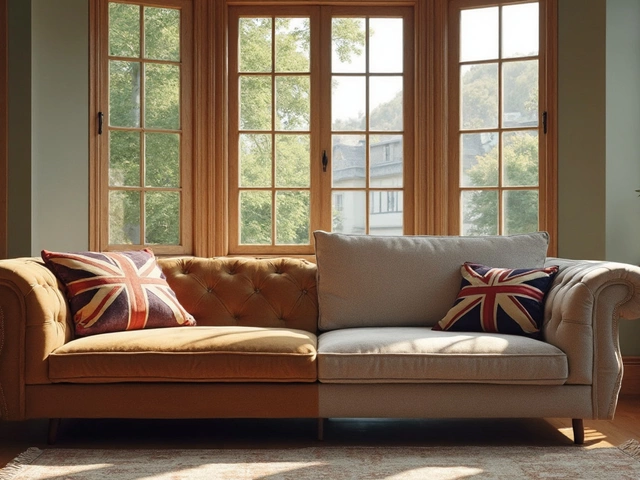How to Keep Mice Out of Your Home – Practical Tips and Fast Solutions
Got a mouse problem? You’re not alone. Tiny critters can slip into any house, chew wires, spoil food, and leave a mess. The good news is you don’t need a pest‑control degree to stop them. Below are real‑world steps you can start today.
Seal the Entry Points
The first thing to do is block the ways mice get inside. Walk around the outside of your house and look for gaps around doors, windows, pipes, and vents. Anywhere a pencil can fit is a potential mouse doorway. Use steel wool, caulk, or expanding foam to fill cracks – mice can chew through soft material, but they can’t gnaw through metal mesh.
Inside, check the base of cabinets and under appliances. Mice love dark, tight spaces, so a quick sweep for hidden holes can save you a lot of trouble later.
Remove Food and Clutter
Mice are attracted to easy meals. Store dry goods in airtight containers and keep pet food sealed when not in use. Clean up crumbs right after meals and take out the trash before it piles up.
Clutter gives mice places to hide. Clear away stacks of paper, boxes, and unused items, especially in basements and attics. A tidy space makes it harder for rodents to feel safe.
Set Traps the Right Way
If you already see signs – droppings, gnaw marks, or a scent – it’s time for traps. Snap traps work fast and are reusable. Place them along walls where you’ve seen activity, with the trigger side facing the wall. Mice run along edges, so a trap in the middle of a room often goes unnoticed.
For a no‑kill option, try catch‑and‑release traps. Check them at least twice a day, and release any catch far away from your home (at least a mile). Never leave a trap out for weeks; a starving mouse can die and cause a smell problem.
Use Natural Deterrents
Strong smells can keep mice away. Peppermint oil, dried cloves, or crushed mint leaves placed in corners act as a mild repellent. Replace them every few days to keep the scent fresh.
Another cheap trick is to scatter steel wool in small holes. Mice can’t chew through it, and it creates an uncomfortable barrier.
When to Call a Pro
If you’ve tried sealing, cleaning, and trapping but still see activity, it’s time to call a pest‑control professional. They have tools and chemicals that are safe for your home and can locate hidden nests you might miss.
Most companies offer a free inspection and will give you a clear plan with costs up front. A professional can also advise on long‑term prevention, especially for homes in areas with high rodent populations.
Keeping mice out is a mix of blocking entry, removing food, and setting traps. Follow these steps and you’ll see fewer signs of mice in weeks, not months. Stay proactive, check regularly, and your home will stay mouse‑free.



